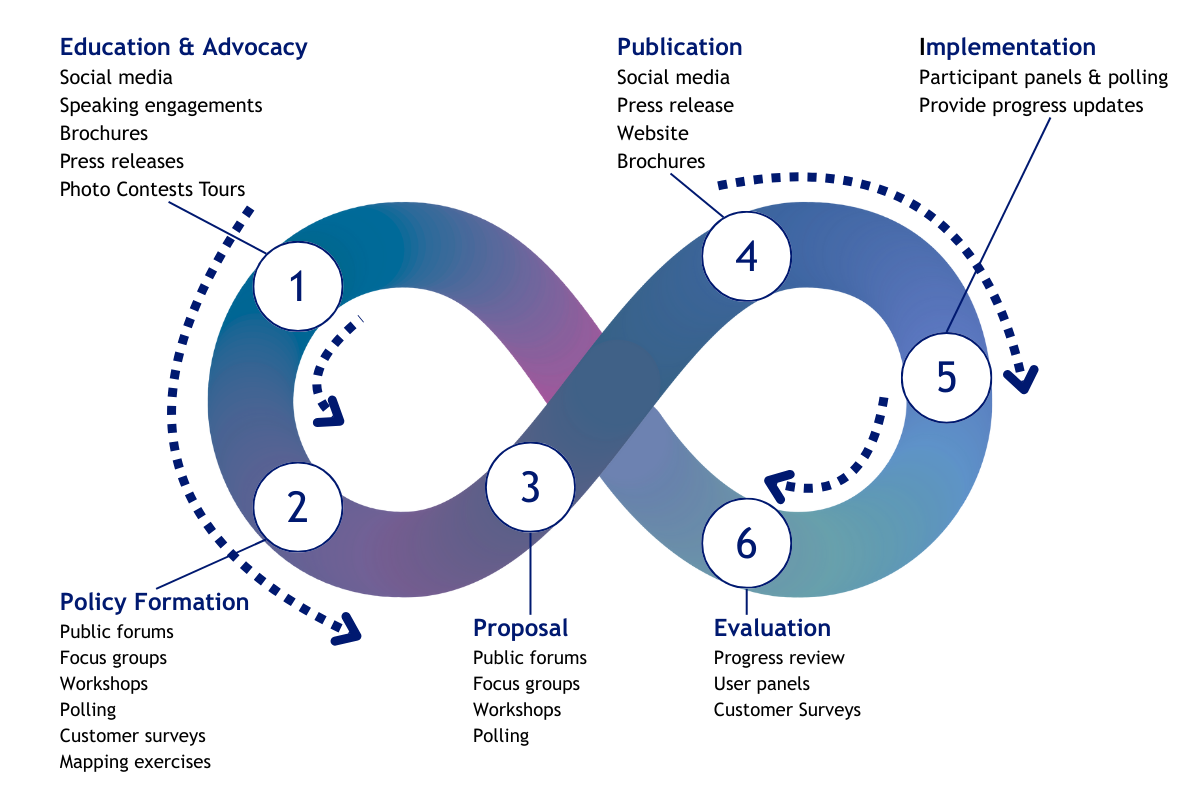Community-Driven Engagement Guide for Community Planning
At the Department of Local Affairs (DOLA), our mission is strengthening Colorado's local communities and building capacity by providing strategic training, research, technical assistance, and funding to localities. We believe in serving every Coloradan through our diverse range of programming, and helping our local partners do the same.
Community-driven engagement is a key tool for ensuring our programming benefits Coloradans equitably, expanding community engagement and developing extensive practices to incorporate all voices, particularly those of disproportionately impacted community members, improves project outcomes, reduces negative impacts, fosters partnership and collaboration, and taps into the community’s wisdom as a whole, improving governance across the board. Through several years of community-driven practices at DOLA, we have begun incorporating an expectation of community engagement into our funding guidelines, technical assistance, and best local government practices.
This guide is intended to assist local agencies in the development of best practices for community engagement, not only through formal requirements for specific grant-funded projects, such as a comprehensive plan, but also to encourage good governance through robust public participation in ongoing activity such as annual budgeting, capital improvement planning, and policy creation.
What is Community-Driven Engagement?

Engagement as a process can be thought of as a continuous cycle:
- Education and advocacy on the topic (through social media, speaking engagements, brochures, press releases, photo contests, tours, etc.)
- Policy formation (at public forums, through focus groups and workshops, polling, surveys, mapping exercises, etc.)
Sharing of a draft proposal (at public forms, focus groups, workshops, polling, etc.) - Publication of the proposal (on social media, in press releases, on website, through flyers, etc.)
- Implementation (share progress on social media, in press releases, on website, through flyers, etc.)
- Evaluation (ask about the process and implementation through user panels and customer surveys)
- This evaluation can be seen as the step to return to education and advocacy.
When engaging the public, inclusivity is foundational - looking at who is participating, then understanding who is missing and targeting outreach to them. Engagement should be transparent (clear about purpose and use), authentic (using the input requested), and appropriate (engage in a way that gets to results). It is important to keep the public informed, and to close the loop with feedback and evaluation.
